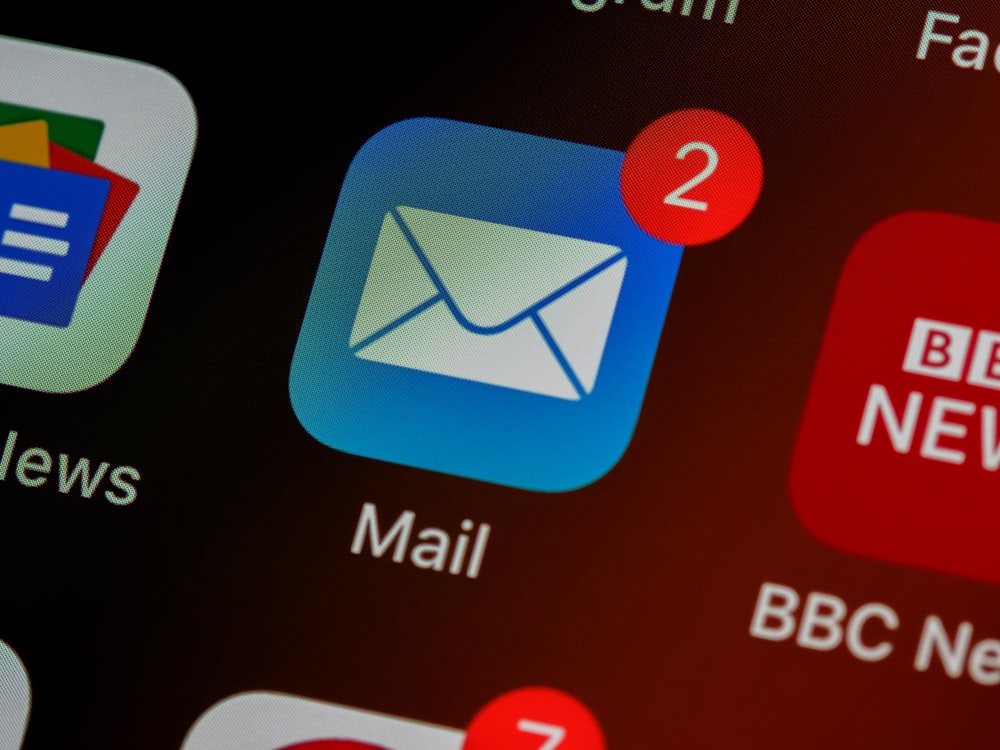From Cold to Warm: Migration Strategy for Bulk Email Programs
Cold audiences are fragile, warm audiences are valuable. The challenge is moving contacts from one state to the other without burning reputation or wasting cycles. This playbook outlines a safe, measurable progression from cold to warm using segmentation, cadence, and content discipline.
1) Classify by signal
Create simple tiers: Cold (no activity), Aware (opened), Interested (clicked), Engaged (replied/converted). Assign clear rules for promotion and demotion between tiers, with automatic suppressions for complaints or repeated soft bounces.
2) Tailor cadence and content
- Cold: shorter emails, minimal links, value‑first framing.
- Aware: clarify outcome, introduce a resource.
- Interested: proof point, tailored CTA.
- Engaged: conversation mode or product onboarding.
3) Protect your core
Route risky sends to hardened identities and cap hourly volume. Keep core revenue segments on the healthiest senders. If placement weakens, pull back cold traffic first.
4) Measure progression, not just events
Track movement across tiers weekly and the time it takes to progress. Your goal is a steady flow from cold to engaged without spikes in complaints or bounce composition. Celebrate progress rate, not just one‑off wins.
Key takeaway
Turning cold lists into warm relationships requires patience and a structure that adapts to signal. Build the progression system, keep it honest, and growth follows.
5) Relevance ladders
Design “ladders” of content where each rung increases specificity: from generalized value to role‑specific proof to use‑case examples. As contacts show interest, move them up the ladder. This prevents over‑personalizing too soon and keeps early touches safe for deliverability.
6) Exit criteria and recycling
Define when a contact leaves the migration track (e.g., converted, unsubscribed, or unresponsive after N touches). Recycle only after a cool‑down period and with fresh framing. Suppress permanently after complaints or repeated invalids; reputation is worth more than one extra attempt.
7) Reporting the flow
Visualize weekly movement across tiers and the conversion rate from cold to engaged. Break out by source and segment to learn where your best “warmth” originates. Share this view widely so teams align on quality over raw volume.
FAQ
How many steps should a cold sequence have? Typically 3–5 carefully spaced messages. Let replies end the sequence. Add a re‑engagement path later rather than extending indefinitely.
What if a contact opens but never clicks? Treat the signal as “aware.” Shift to clearer benefits, fewer links, and a conversational CTA aimed at reply rather than click.
Playbook snapshot
- Tier rules and promotion/demotion criteria documented
- Cold touches: short, minimal links, value‑first
- Aware: clarify outcome and deliver a small resource
- Interested: proof point and tailored CTA
- Engaged: conversation or onboarding path
- Exit conditions and cool‑down windows enforced



